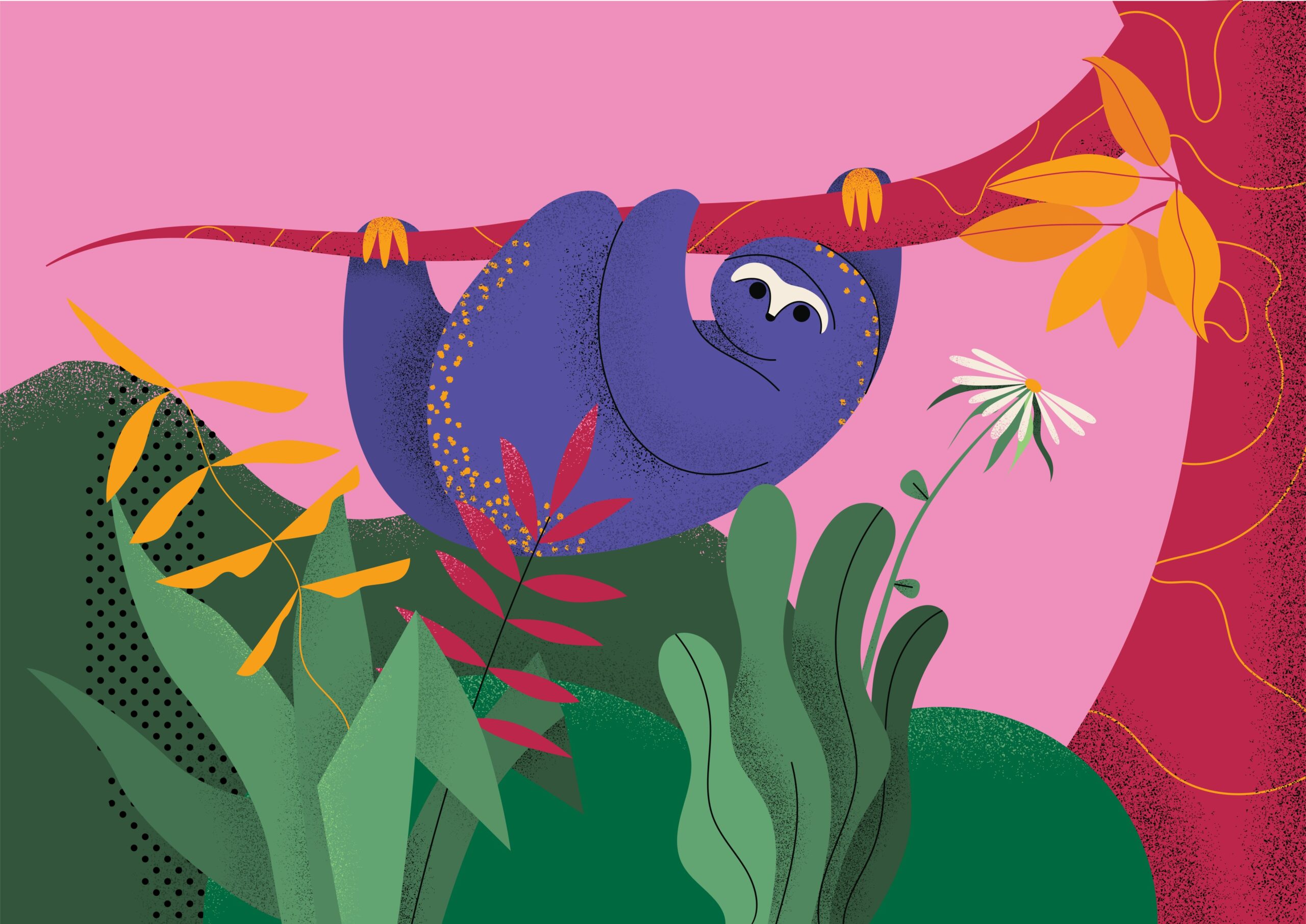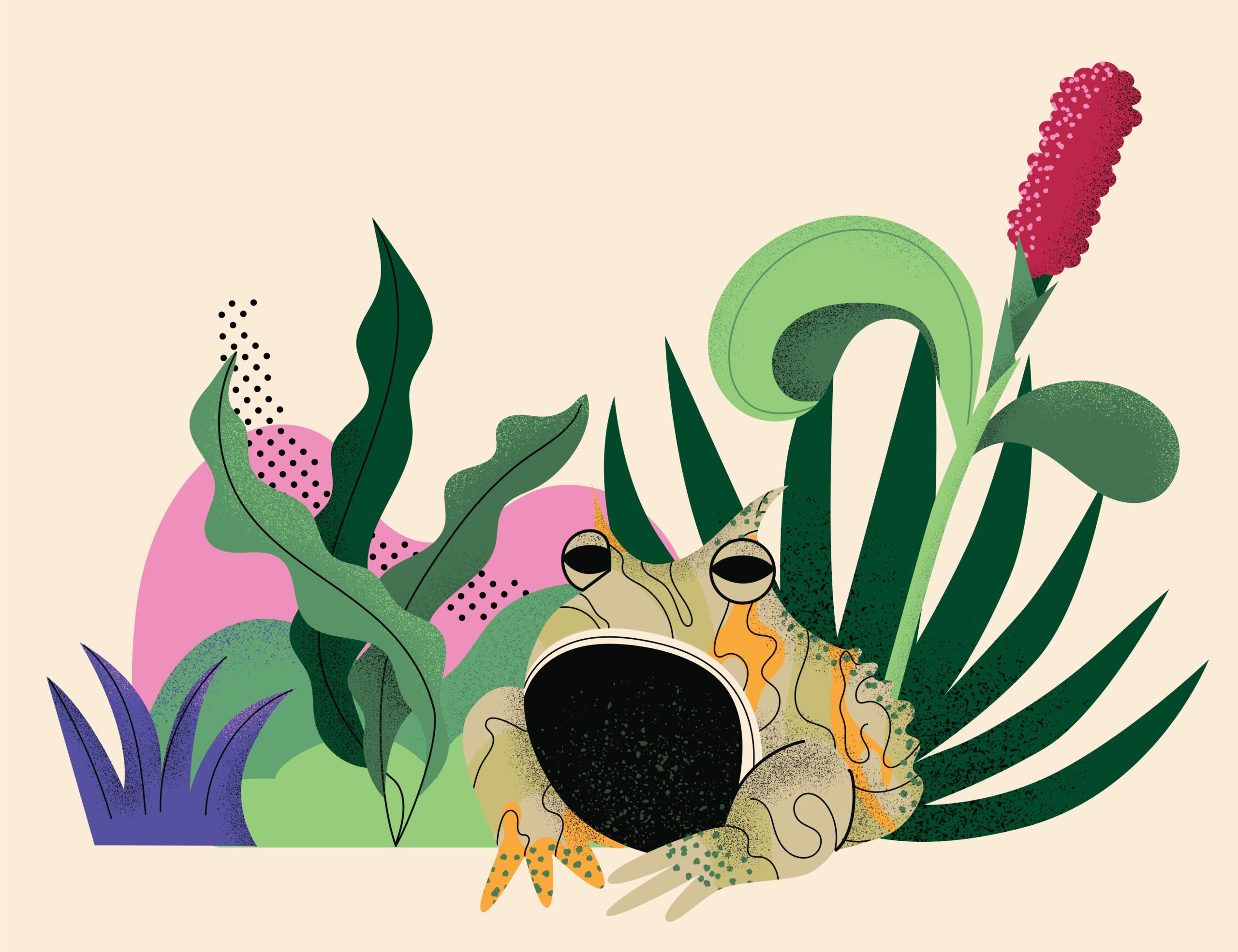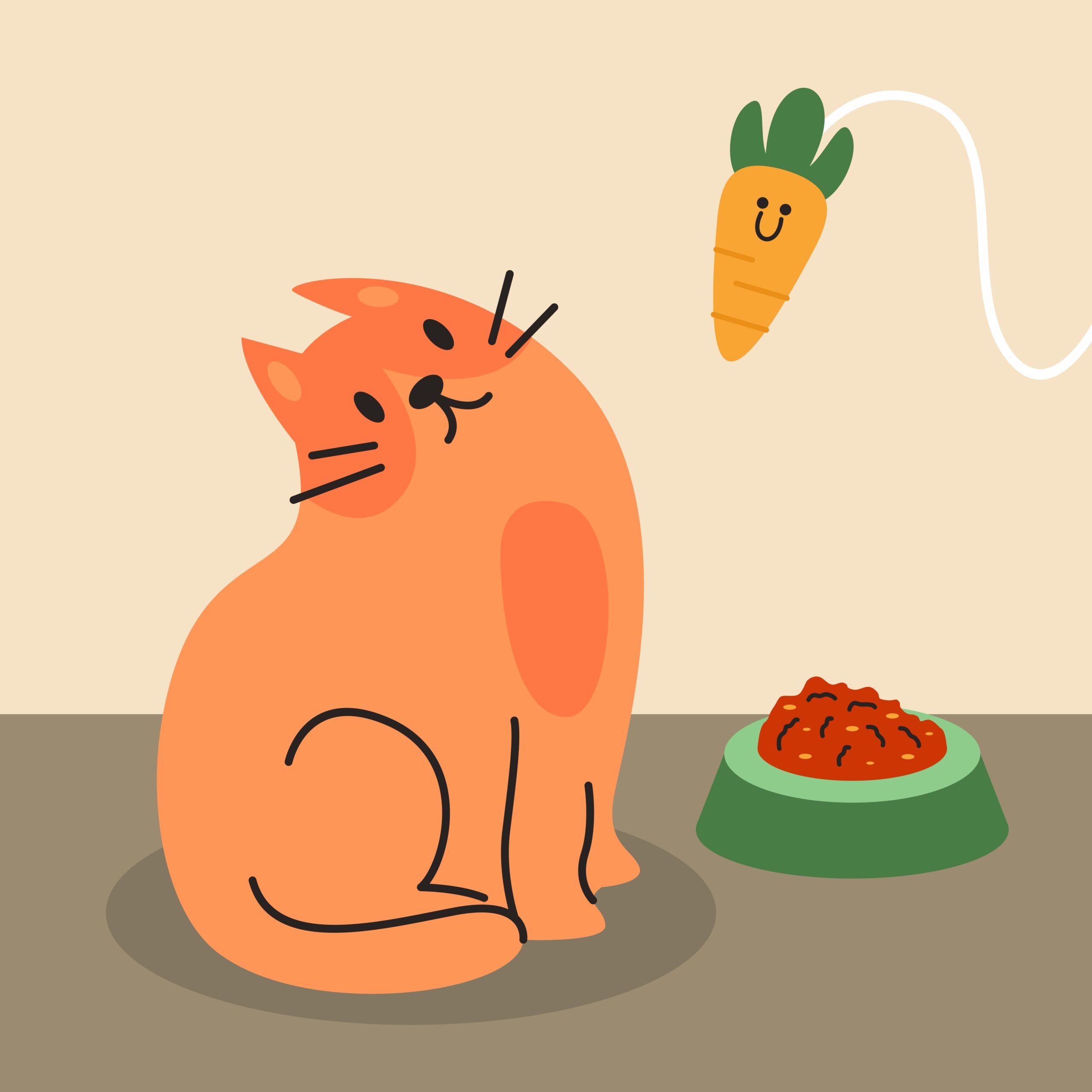 Mindset for Rappers
Mindset for Rappers How to Change Your Rapper Name
Know Why You’re ChangingDecide why your current name no longer fits, maybe you want a fresh start or to avoid negative a...
 Mindset for Rappers
Mindset for Rappers  Music Diary
Music Diary  Music Diary
Music Diary  Music Diary
Music Diary  Music Diary
Music Diary  Music Diary
Music Diary  Beatmaking Tips
Beatmaking Tips  Beatmaking Tips
Beatmaking Tips  Beatmaking Tips
Beatmaking Tips  Beatmaking Tips
Beatmaking Tips